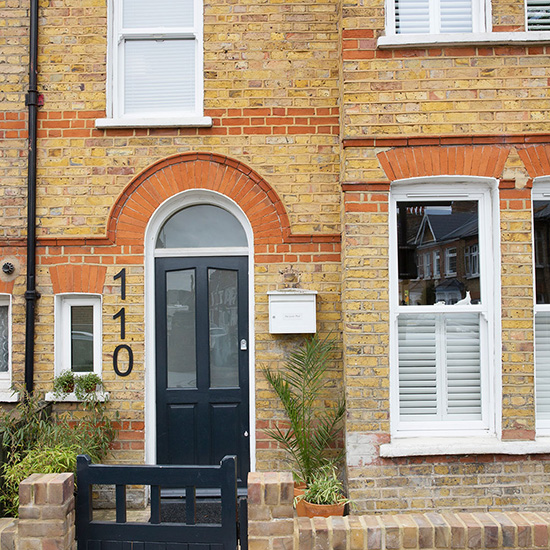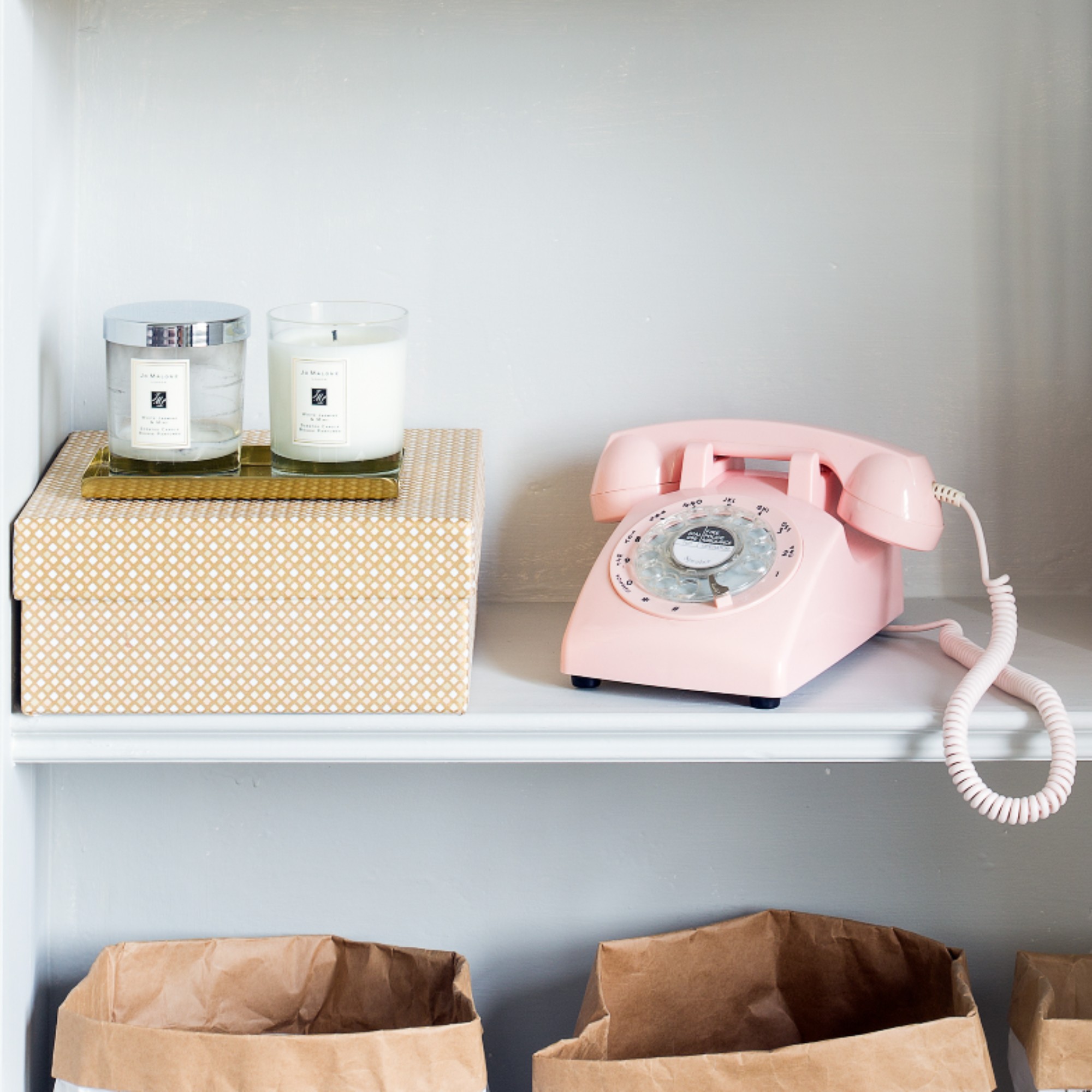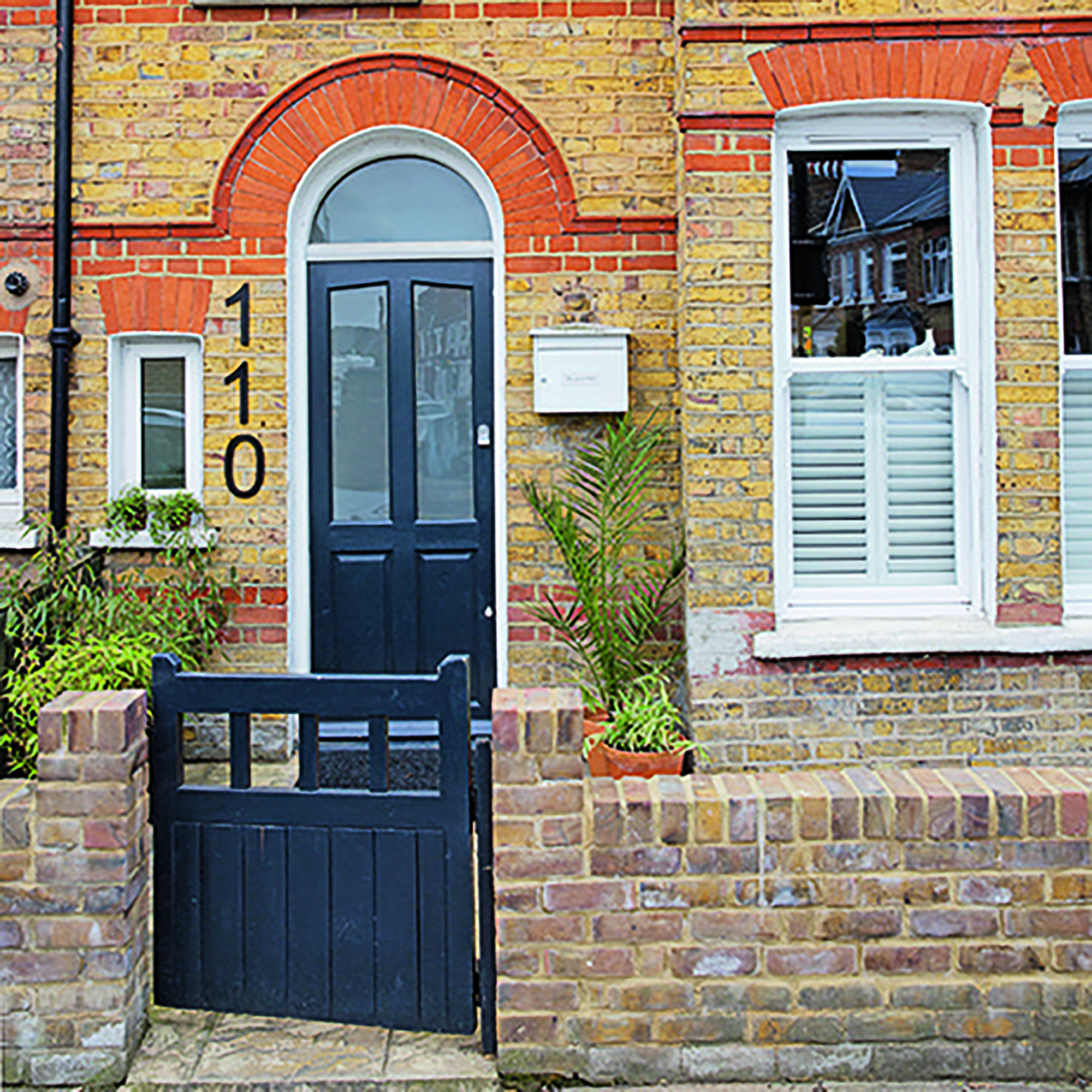The price of home insurance has fallen to a record low – is now a good time to switch your policy?
Households get some “cost of living relief” as contents insurance prices fall 11% and buildings insurance prices drop 7%.

If you’re struggling with a rise in your energy bill - and increased grocery and fuel prices - you’ll be pleased to hear there is one cost that is going in the opposite direction.
The price of home insurance has fallen to a record low. Contents insurance premiums dropped by 11% on average over the past year, while the average cost of buildings insurance fell 7%.
The annual costs now stand at £114 and £225 respectively, according to the Association of British Insurers (ABI). This means they’re the cheapest average premiums since the ABI began tracking prices in 2012.
'Many households struggling to cope with the cost of living crisis will be reassured that the cost of protecting their home and their possessions have remained competitive, despite the increasing costs of construction materials and labour,' said Laura Hughes, general insurance manager at the ABI.
For combined buildings and content insurance policies, the average premium was £307 in the first three months of 2022, representing a 2% drop over the past year and the lowest level in four years.
The ABI said the fall in premiums will have given some 'much-needed relief to many households facing rising energy and food bills, with inflation currently at its highest rate for 30 years.'
Is now a good time to switch my home insurance?

If you are coming to the end of your annual home insurance policy, now could be a good time to switch.
Sign up to our newsletter for style inspiration, real homes, project and garden advice and shopping know-how
Given premiums have fallen to a record low, you could find a cheaper deal by comparing policies on comparison websites or by calling insurers directly.
However, don’t automatically ignore the premium your insurer offers you for staying loyal to them. You could find it’s very competitive, and actually cheaper than last year’s premium.
This is because of new rules that came into effect on 1 January 2022, banning home insurers from offering different prices to existing customers and new customers. Previously, insurers would often bump up the price for loyal customers, who would sometimes sleepwalk onto the new, higher premium without bothering to shop around. At the same time, they would reserve the cheapest deals for customers looking to switch to a new insurer.
Now, home insurers (and motor insurers too) must offer the same premiums to existing customers and new ones.
Having said that, you may still find a lower price by shopping around so it’s worth taking the time to double-check. Any saving you make could feel all the more valuable given the current squeeze on our budgets caused by the cost of living crisis.
According to Consumer Intelligence data provided to the comparison site Uswitch, more than half of home insurance customers could save £141 on a combined buildings and contents policy by shopping around for the lowest premium.
How to switch home insurance

It’s fairly straightforward to switch your home insurance policy. Your existing insurer will normally contact you up to 30 days before your renewal date, but it’s also a good idea to make a note of the date (put a reminder on your phone!) when you take the policy out.
As long as you’re switching insurer just before your renewal date - so the new policy starts as soon as your old one ends - or within the 14-day cooling-off period after your renewal date, there shouldn’t be any fee to move to a new product.

If you want to switch earlier, you’ll need to cancel your old policy. This will likely trigger a cancellation charge. The earlier you switch (for example, just two months into a 12-month policy), the higher the fee typically is.
This is not normally advised, unless you need completely different home insurance cover (say your home or contents have changed, and/or you need extra protection), or if you suspect you are paying a particularly high premium. This could be the case if you have been with the same insurer for years, and never bothered to look at how much the auto-renewal premiums cost.
In that case, call your insurer first to find out what cancellation fee it would charge for getting out of the policy early.
It’s easy to research the cheapest premiums: use several price comparison websites to input your personal details and information about what you’re insuring. For contents insurance, you’ll need to tot up the total value of all the contents you want to insure. You may also be asked about separate high-value items. You’ll need to decide if you want to pay extra for accidental damage cover, and if you want to insure items that you take outside your home.

For buildings insurance, you’ll need details like the number of rooms, bathrooms, age of property, type of roof, rebuild value of the property, types of locks and any burglar alarms.
Some insurers like Direct Line aren't on comparison websites, so consider getting a quote from them too.
If you find a new policy that you want to switch to, double-check the terms and conditions and that you’re happy with the excess (the amount you have to pay in the event of a claim), cover and price.
Make sure the new policy starts when your old one finishes, so you don’t go a few days without cover or double-insure yourself if they overlap.
Some policies renew automatically. Remember to tell your insurance provider you want to end your insurance before this happens.
'The best way to check if you have the best deal on your insurance is to compare using price comparison websites,' advises Ceri McMillan, Home Insurance Expert at GoCompare. 'Once you have compared and found a better deal, then great. Likewise, if you go back to your provider and say you’ve found a better deal elsewhere and they match it, that’s also great.'
Bear in mind that you’ll get a 14-day cooling-off period. This means if you made a mistake switching to a new policy - or notice a cheaper one with exactly the same cover - you could cancel it within two weeks of buying it or receiving your policy documents and get a refund.